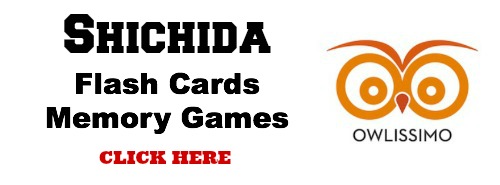Recently, I realised we’ve got a language “problem” at home that need fixing. Since Vee was a baby, I’ve spoken to him in both English and Chinese, using one language in a sentence. He’s bilingual and speaks more of Chinese, just like me.
After baby #3 El arrived, our family helper has been helping to take care of the kids whenever I’m overwhelmed. She’s a Filipino and her use of English is rather different from us. For instance, when Jae drops his spoon, she says “The spoon fall down already” instead of “The spoon has dropped.”
Naturally, the kids’ English usage has been influenced.
After breakfast this morning, I decided to start a lesson on “Standard English” versus “Non-Standard English” with Vee and Jae.
Here’s a sample script:
“Children, there are two main types of English — standard English and non-standard English.
Standard English is the type of English that we read in books, just like how Biff, Chip and Kipper speak in the stories.
In our daily lives, many people speak non-standard English.
For example, Daddy sometimes uses non-standard English over the telephone. Kakak is from the Philippines and her use of English is different from us.”
I then moved on to share examples of standard versus non-Standard English such as:
“In standard English, I say ‘Baby El is very cute!’ while in non-standard English, I say ‘Baby El is so cute leh!'”
At this time, Vee’s eyes lit up, realised the difference and giggled!
I continued with more examples and we played games identifying whether a statement is in standard English or not. Vee followed with his own examples and it’s clear he has understood the lesson well. *phew!*
We also started speaking in Chinese to realise that it’s fine to use the lah, leh, lor, etc.
Then we clarified when it’s ok to use non-standard English, including speaking with Kakak if that helps her understand us better. Vee agreed that if he chooses to use non-standard English, he needs to know how to express that statement in standard English as well.
The lesson ended positively and I’m so glad to have addressed this issue. 🙂
—
P.S. In case you’ve downloaded the “三字经” flash cards before. Please amend page 21 line 3 to 及黑白 and page 24 line 3 to 至玄曾. Thanks to Serena for pointing these out! Files have been updated at the Shichida home practice materials page here.
—
—
Disclosure: Mummy’s Homeschool™ is an information site that receives compensation if readers make purchases from affiliate links (these are marked with an *). If we receive compensation from the companies whose products we review, this would be disclosed. These compensation help to maintain and grow Mummy’s Homeschool™. We test each product thoroughly and give ratings according to our experience with it. We are independently owned and the opinions expressed here are our own.


Thanks MieVee for your sharing on this website. I have just recently found out and joined your link as receommended by other followers.
May i have your recommendation as to any website / learning material (perfers with audio so that kids can hear the correct pronunciation) for english phonics that suitable for kids?
Thanks so much.
Best regards,
vivi
Hi vivi, I’ve been teaching my kids phonics personally. The audios online may be influenced by their local accent. For example, I found audios that introduce the “a” sound in UK like “a…h” instead of “a…eh”. So I’m developing a phonics workshop, catered to parents in Singapore, Malaysia & regionally. In the meantime, you may Google “phonics pronunciation” and you’d find several audios for references.
I suggest learning the pronunciation then teaching your kids yourself. This increases bonding while reducing screen time. And you may adapt the “a” to your local accent.
Hope this helps.